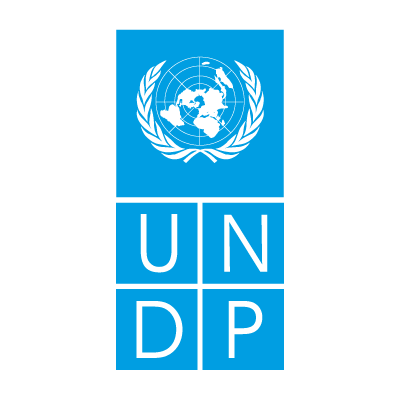
KNOWLEDGE
HUB
Case Study
Panama Canal watershed restoration
12am, September 04th, 2018
Panama, Latin America and Caribbean
Due to deforestation, forest cover within the Panama Canal watershed decreased by 43% between 1974 and 1991. To ensure water flow capacity in the Canal, critical action was needed to restore and manage the watershed. This case study profiles the following actions and good practices that were implemented to support Panama Canal watershed restoration and protection.
- Development of an enabling policy environment addressing natural generation, reforestation, and land tenure, as well as policy enforcement.
- Leadership and institutional coordination led by the Panama Canal Authority and the Interagency Watershed Commission, among other actors.
- Establishment of local committees and watershed advisory councils to inform water management.
- Research and data collection to monitor efforts, assess social and environmental impacts, and enable more detailed study of specific actions.
- Capacity building for farmers on several topics including forestry and agroforestry and financial management.
- Implementation of financial mechanisms such as tax and investment incentives and development bank funding for several projects.
- Monitoring and evaluation to enable the improvement of activities over time.
Institutions Involved
- Government of Panama
- Panama Canal Authority
- World Bank
- Smithsonian Institute
- USAID
- The Hongkong and Shanghai Banking Corporation
Source Details
World Resources Institute (WRI)
Link to document



